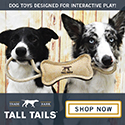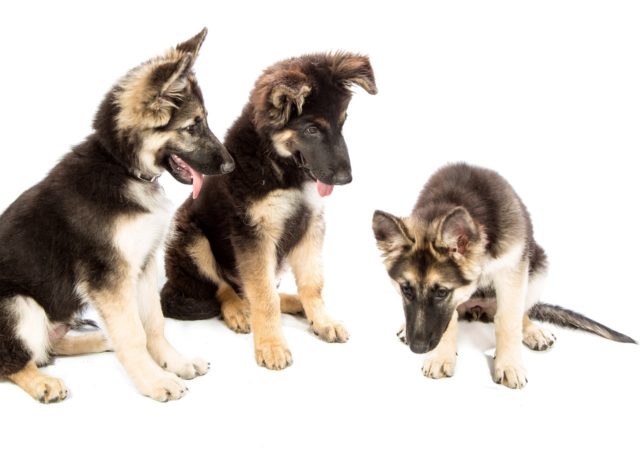
Do you know the best way to introduce a new dog to your household pack (family)? Although it’s exciting to bring a new dog to your home, it can sometimes be stressful.
Not all household pets such as cats, other dogs, birds or other domesticated animals welcome new members to the family. To ensure a peaceful existence for all your pets, it’s important that you understand pet introductions.

Drago and Bella. Guess who is the boss! They are great friends and they get along well but one of them is clearly the”Top Dog”.
Below are some general tips on how to introduce a new dog to your home. Read on to find out more:
Set Reasonable Goals
Whenever you are deciding on how to introduce a new dog into your home, it’s important that you have some background information about the dog. What is the age of the new dog?
Do they come from a home with other pets or were they an “only dog”s? How well does the dog socialize with other pets?
Also, you need to consider the resident pet since they may think that the new dog is trying to take over his territory. This is usually stressful for all involved.
A slow-paced introduction will minimize aggression and fear-based reactions from these pets. In case you have more than one resident dog, introduce each of them to the newcomer separately to prevent overwhelming the new dog
Always be in control of the introduction. Teach the new dog to trust you while ensuring the resident pets don’t feel neglected. In the process, you will build a strong relationship.
Dog to Dog
Prior to bringing the new dog to your household, introduce its scent to the resident pets. Use a blanket from where the new dog used to sleep or rub it with a blanket then bring it to your house. Introduce the blanket in association with a positive activity or treat.
• Neutral Location Introduction
Try to introduce the new dog to the resident dog in a neutral location which is not familiar to either of these dogs to avoid threatening the resident dog’s territory through encroachment.
Don’t force interactions among the dogs. Instead, allow them to get comfortable with each other in a neutral, outdoor and fenced area that neither has claimed as their territory.
It is best to have a person for each dog being introduced. If outdoor space is not an option, find a basement or garage and be sure there are no food bowls or toys to fight over lying around.
Start off the introduction with both dogs on leashes. Allowing their body language guide you, keep them walking parallel to one another until they appear to be relaxed.
DO YOUR BEST TO AVOID FACE TO FACE CONFRONTATION as this is not natural and encourages a challenge for dominance.
Praising them for calm behavior, allow them to stop and sniff one another. When dogs are comfortable with each other they will show positive signs such as sniffing and indicating that they want to play.
This is usually done by assuming a pose that resembles a bow. They will drop their head down, with their elbows on the ground and their rear-ends up in the air.
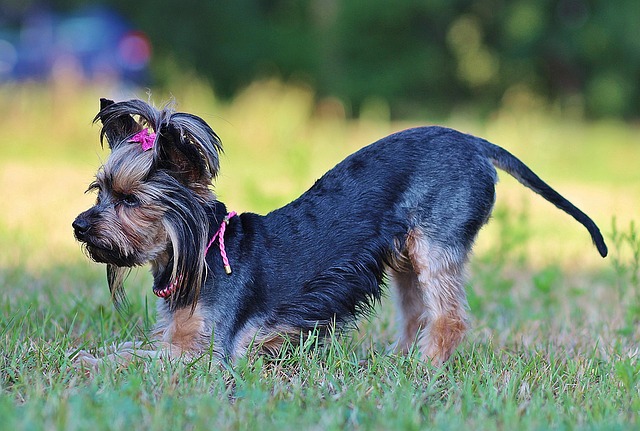
Keep a close eye for any indication of stress or anxiety. Calmly separate them by quietly but firmly walking them away from one another.
After a brief period to defuse any anxiety, start over. When they appear to be enjoying a playful, or at least pleasant, interlude, end the meeting with a brief stroll.
• How to Manage the New Dog
Ensure you collect all food bowls, pet toys, beds, etc. before you bring the new dog to your home. After the new dog has arrived, put the resident pets in a separate room or section of your house.
Then walk the new dog around the house to show them where they will eat or sleep.You can also establish boundaries at the house by closing off rooms using baby gates.
Confine the new dog while the resident dog roams around. You should also keep the eating and sleeping areas of these pets separate.
Although the dogs might enjoy one another’s company; initially, you should supervise their play to avoid injuries caused by over-excitement.
You also need to devote time to each of the dogs for individual playing and training. Less energetic and older dogs should be given special time and space to help them feel secure.
Dog to Cat
Ensure your cat stays safe during the introduction by getting the new dog to see you as the leader. This will give it the desire to please you and minimize its aggressiveness towards other pets.
Keep cat and dog items separate and leave an escape route for the cat just in case one is needed. If the dog begins to go after the cat, try to direct its attention away from the cat.
A command, a hand clap or even shaking his/her food bin will often do the trick. Re-directing the dog’s attention allows the cat to get to a safe place.
Realistically, cats and dogs find their own way to co-exist with time. Some actually learn to do more than simply tolerate one another and become good friends. You cannot force this but you can keep them safe.

Dog to Other Small Pets
Introduce other small animals as you introduced your cat. Some dogs get jealous when they see a small pet i.e. a bird perched or hamster on your shoulder although others may not. Keep small pets out of reach of the new dog i.e. in a sturdy cage.
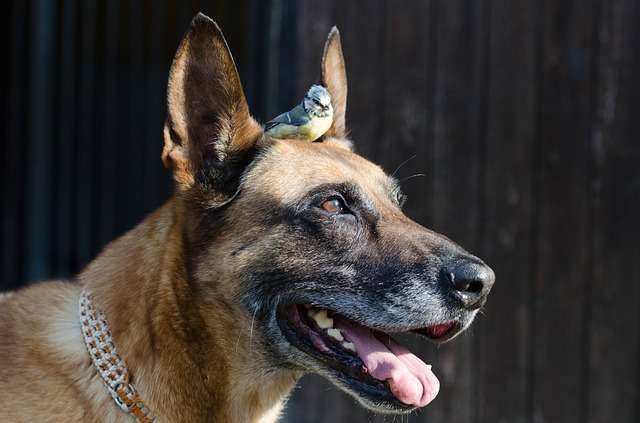
Puppies to Adult Dogs
Most puppies seek attention from adult dogs. Some adult dogs may just growl to inform the puppy to back off. However, adult dogs with poor social skills may be dangerous to the puppy.
If your adult dog has arthritis or other painful condition, he may not feel up to playing with a puppy. Respect his age and health condition and make sure he has a place to get away from the youngster.
Until you know how they will interact, is not safe to leave puppies and adult dogs alone together in the early days of cohabiting. Having dog crates to separate them when you cannot supervise them is ideal.
Crates are used for so many situations that every dog owner should have at least one. They provide invaluable help when house training puppies, give dogs a place for time out when they get too rambunctious and much more.
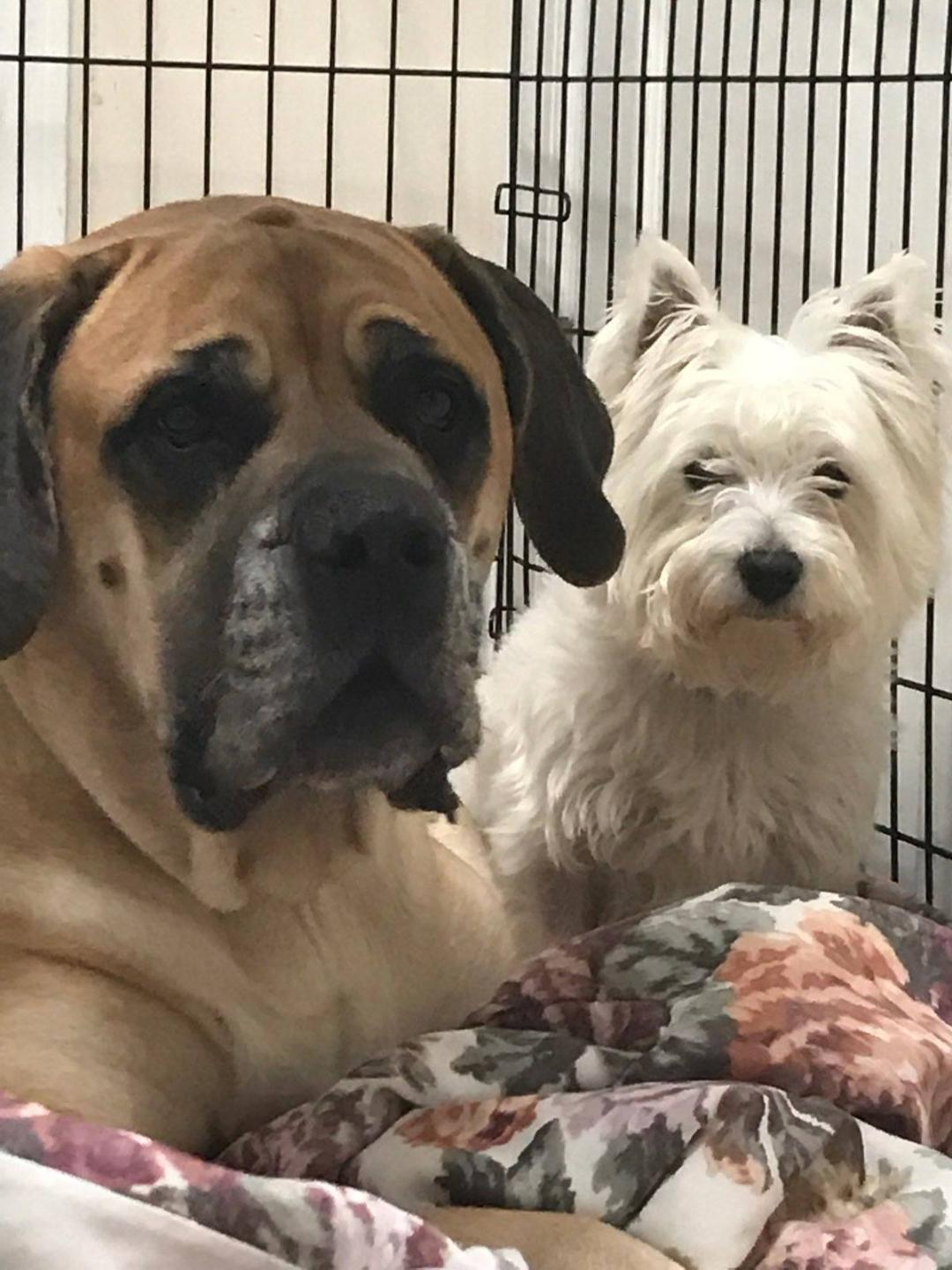
If, in spite of all your best efforts, the new dog doesn’t get along with other dogs and pets, you may need professional help. For example, Bark Busters Dog Behavioral Therapists or other specialists are trained to solve the conflict.
This will reduce disharmony and tension by helping you to create a happy and peaceful household for everyone. Taking your time and following these suggestions can go a long way to success.
Photos from my personal collection and from Pixabay.

